
About
Scottish whisky regions
Scotland – the heartland of single malt
For centuries, the people of Scotland have crafted Uisge Beatha – the water of life – or, as we know it, Scotch. With three distinct whisky regions and two municipalities spread across the country, each area imbues the spirit with subtly different styles and flavours.
Click on a region to explore, or scroll further
-
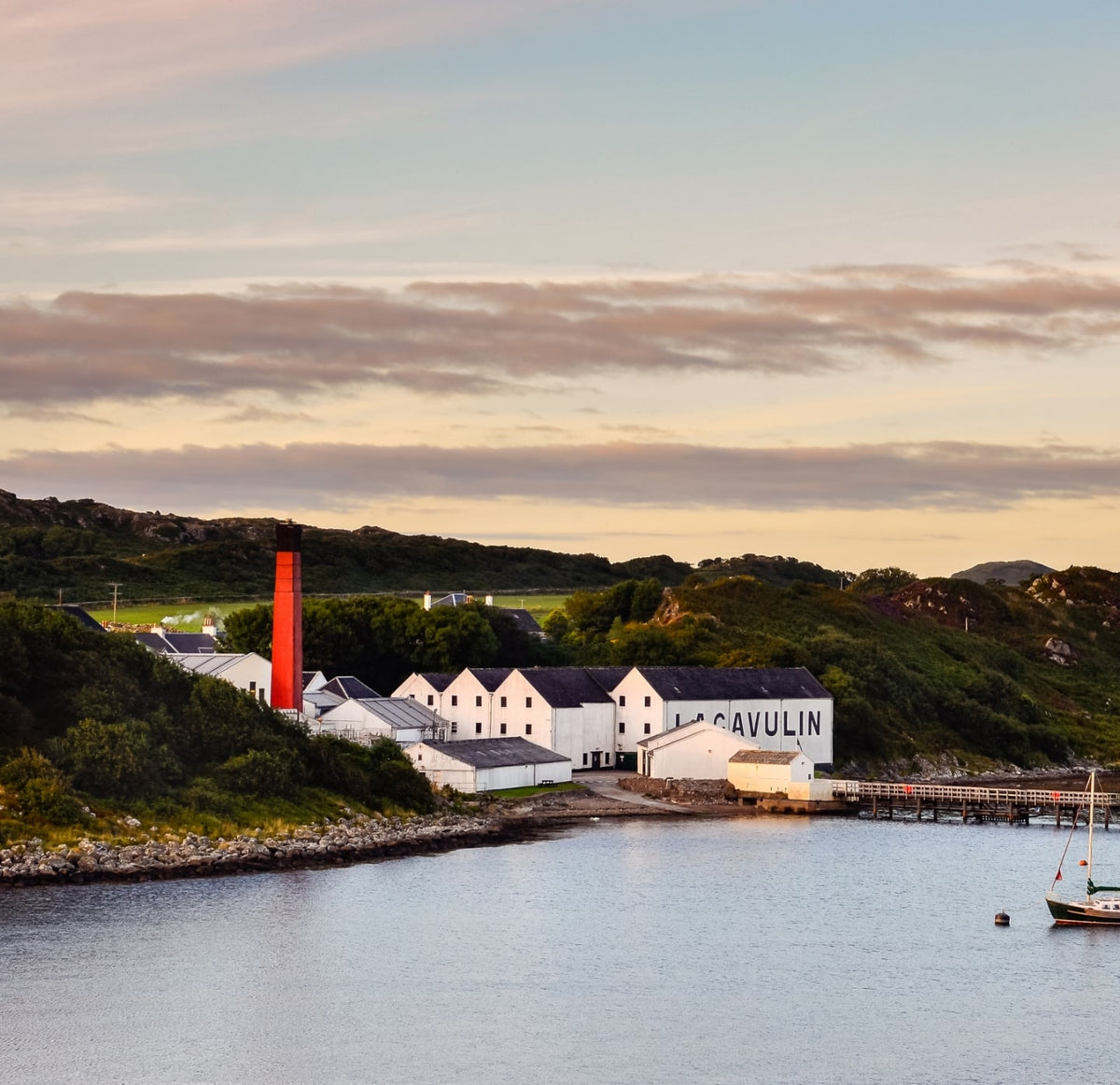
Islay
You’ll find the Isle of Islay a ferry ride away from the west coast of Scotland, the southernmost island of the inner Hebrides. It’s only small, but its reputation reaches round the world.
Famous for heavily peated, smoky whiskies, Islay is home to nine working distilleries including Laphroaig, Lagavulin, Bowmore, and Ardbeg. The peat used to fuel the fire in the malting process is found in abundance on the island – imbuing the Scotch with fiery, smoky aromas and giving Islay its nickname: ‘whisky island’.
-
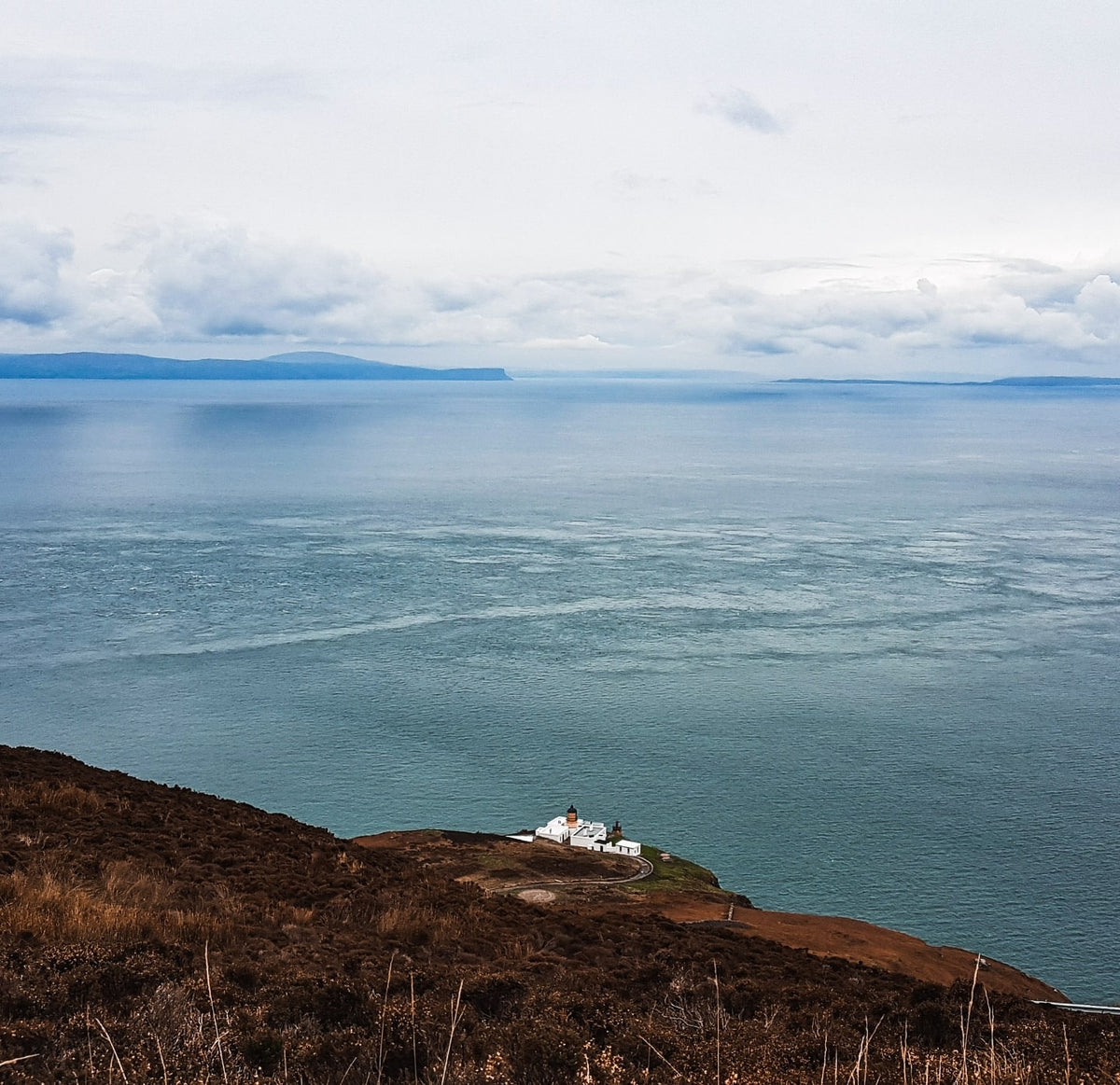
Campbeltown
Once the whisky capital of the world, Campbeltown is now the smallest of the Scotch whisky regions. Located in southwestern Scotland, its name comes the capital of the Kintyre Peninsula, and it’s a region that’s full of history.
From a thriving centre for moonshine distilling in times gone by to its heyday as host to 30 distilleries, today Campbeltown is home to just Glen Scotia, Springbank and Glengyle – producing whiskies distinguished by their salty, briny flavours.
-
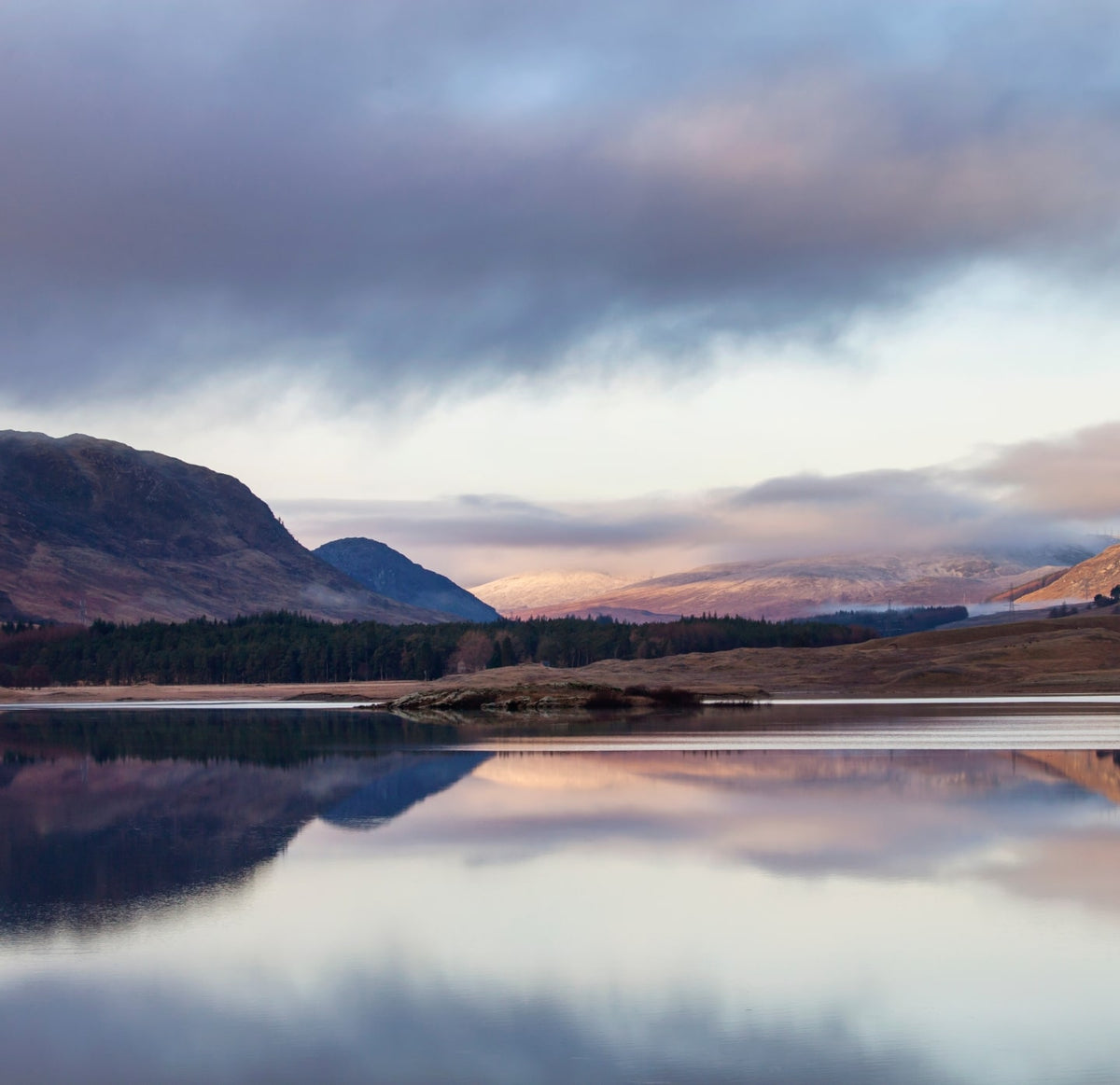
Speyside
The River Spey flows through the heart of Speyside – the world’s most densely populated whisky region – and its waters are used in many of its malts. Located between Inverness and Aberdeen in the northeast of Scotland, Speyside is home to nearly half the distilleries in the country – among them, some of the most famous names in whisky production.
From the Macallan to Tamnavulin, Glenlivet to Glenfiddich and many more, Speyside whiskies are often aged in sherry casks, which help ripen their fruity flavours with notes of honey and spice.
-
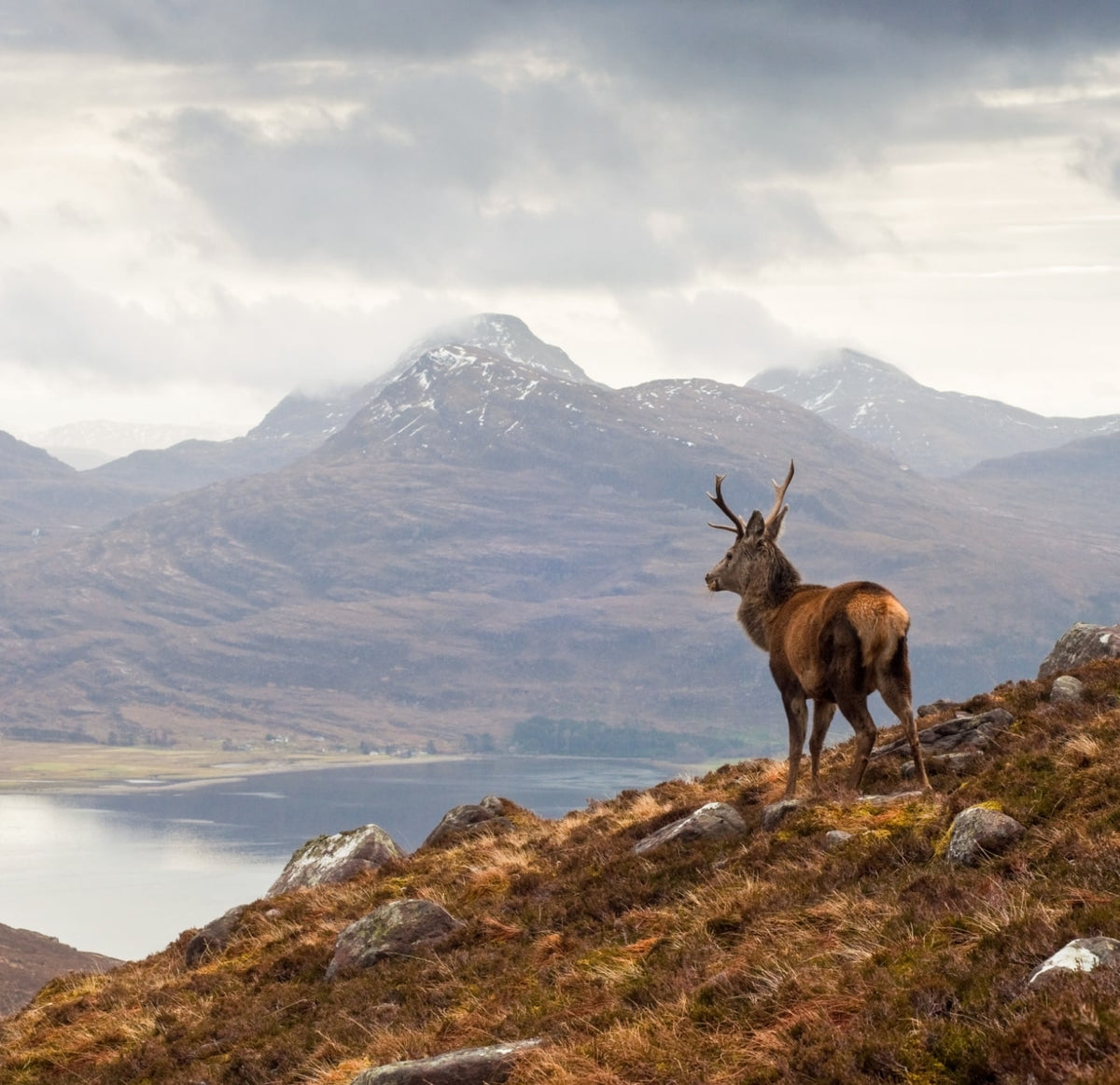
Highlands & Islands
As the largest of all the whisky regions, the tastes and flavours of the Highlands region are as varied as the wild and breath-taking landscape. From the lightly fruity, dry styles of a southern Highlands Scotch to the rich, full-bodied mouthful of a Northern Highland whisky, the distilleries range from the Aberfeldy to the Glenmorangie.
Then you have the western isles of Jura, Mull, Skye, Arran and the Orkney Islands. Known as the whisky coast, these islands serve up spicy, intense, smoky flavours influenced by their coastal location and peaty landscape.
-
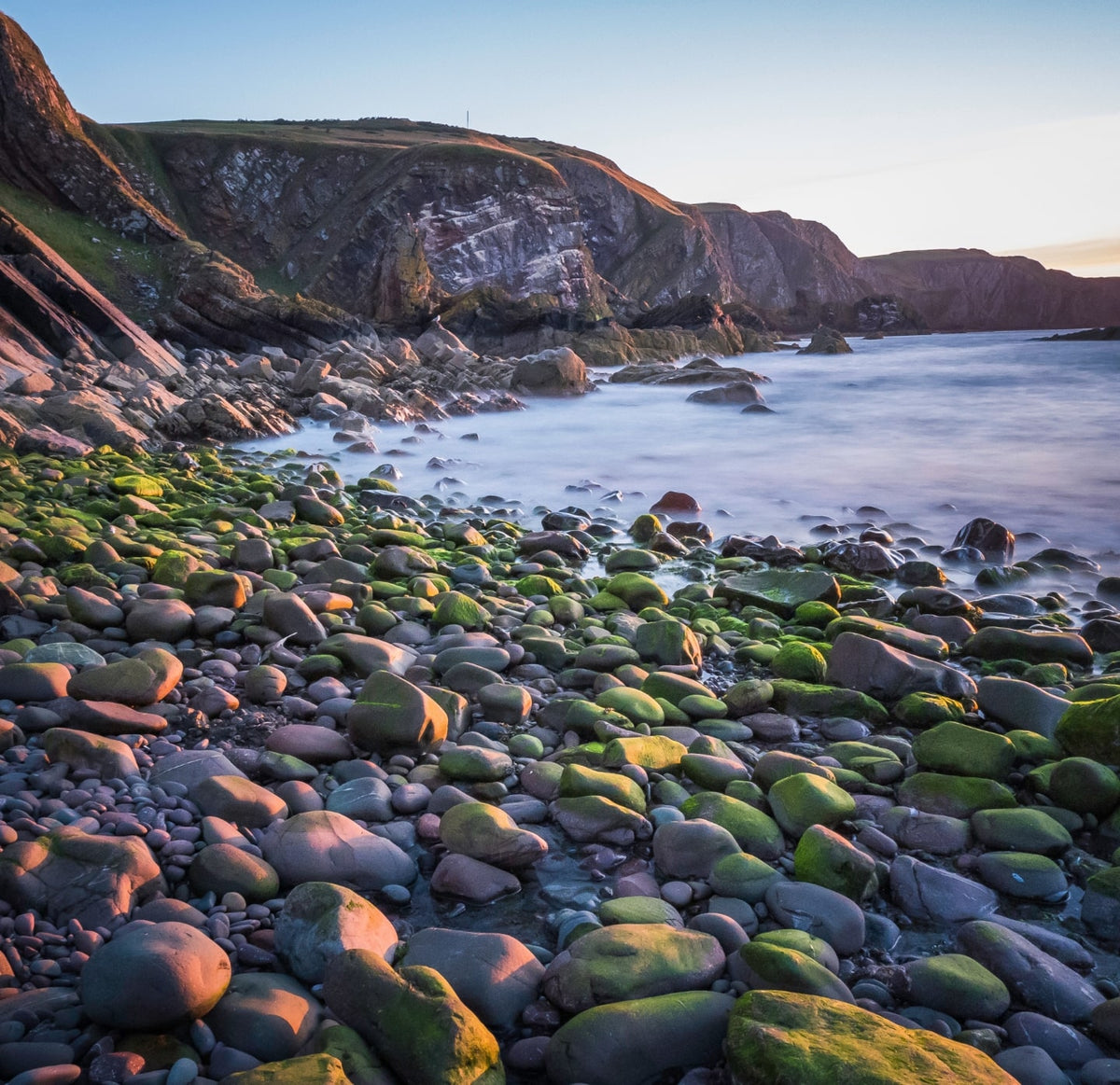
Lowland
Imagine a line running from Greenock on the west coast to Dundee on the east. The Lowlands make up the entire region below, and the spirits from this part of Scotland are traditionally lighter and softer due to their triple distillation process. Historically, coal was used as opposed to peat, allowing for intense malt aromas with a sweeter, floral flavour and notes of cream, ginger, cinnamon and honeysuckle.
Many a famous distillery is found in the Lowlands, including Auchentoshen, Clydesdale, Glenkinchie, Lochlea and Lindores Abbey.






